In this post, I’m sharing top 7 sewing mistakes to avoid.
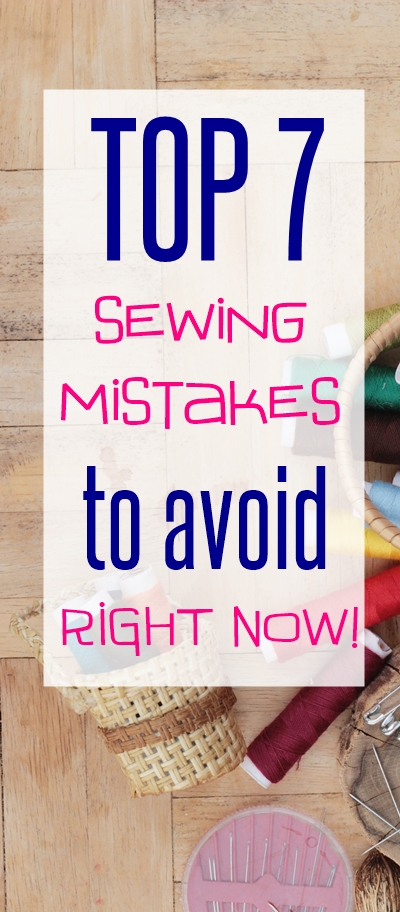
Cool sea breeze, soft sounds of waves, feet dipped in crystal clear warm water, kayaking, snorkeling, green mountains… ah! I had been in need of this for a VERY long time and finally got it last week when I went on a trip to beautiful Perhentian Islands in Malaysia. I shared some pictures with everyone on my Instagram stories but if you missed them here’s a shot.

I wasn’t feeling my best so I skipped snorkeling and dedicated the ample free time reading “The Distant Hours” by Kate Morton, dipping my feet in the cool and clear water, kayaking and long beach strolls. High five if that’s your favorite part too!

That’s me holding the book, wearing a beach abaya that I sewed one day before the trip. Yes, that’s my thing, I’m always the person to sew and do stuff at the 11th hour even though I’ve gotten countless lectures from my dad on not to do just that. But I guess I’ll never learn.
During the trip I also broke off the zip of my mini cosmetic pouch that I had shared with you girls earlier, which means it’s time to sew a new one, in-fact I think I need to sew a complete travel set of bags; a pouch, a weekender, a backpack and a mini wallet before my next trip.
Anyway, onto today’s post, today I have a guest post for you by Alex Moore, a decorator and he’s sharing some awesome sewing tips, actually sewing mistakes to avoid as both a beginner and expert sewist. I think I really need to take note of 1. 5 and 6.
Hope you enjoy reading.
Top 7 Sewing Mistakes to Avoid

By Alex Moore
Mastering the art of sewing is a rewarding experience. However, there are challenges you must go through before becoming a pro. These challenges consist of both avoidable and unavoidable mistakes, scarce learning resources and lack of motivation. Even so, don’t forget that you can always find your way around these obstacles! Here is a roundup of the common sewing mistakes to avoid.
1. Handling Multiple Projects at the Same Time
Sewing is very exciting for those who are passionate about it. This excitement can escalate so quickly to the point where you start to make risky choices, such as handling more than one project at a time. Handling more than one project is counterproductive. It wears you out and interferes with your concentration levels.
Doing many projects in one go is even more detrimental to beginners than it is to those who are experienced. As a beginner, there are some things you need to learn on the way before you become a pro, which is why it’s recommended that you take on easy projects before you even consider engaging in more complicated ones.
In addition, engaging in multiple projects simultaneously will not provide you with the right atmosphere to learn and relearn all the items you need to know. Taking your time on one project will benefit you in the future.
2. Not Using the Presser Foot Correctly
All types of sewing machines have a presser foot, even sewing machines for beginners. This is an important component of the machine and it ensures that you stitch neatly by holding the fabric firmly on the surface of the machine. Some people forget to use the presser foot when sewing. Because of lack of pressure to hold it firmly on the surface, the fabric will begin to move up and down, causing a tangled mess.
You also need to position the presser foot correctly so that it can hold the fabric firmly against the feed dogs. You can do a lot of sewing with the standard presser foot that comes with the machine. However, some projects can be very difficult to execute with the basic presser foot and may require customized replacements.
3. Failing to Get the Right Tension
Many sewers complain about tensioning. It is a very tough skill to master, even for the skilled sewers. The dial on the tin helps adjust the tension on the spool of the thread. Lack of proper tensioning can cause tight or uneven stitches.
Before you begin adjusting the tension settings, make sure your bobbin is threaded in the right manner. It must be threaded in the bobbin case so that the thread un-spools in an anticlockwise direction. You can test the fabric first to see if the tension is correct. It is also wise to take note of the previous tension settings first before you interfere with them. You can learn more about adjusting the tension of your sewing machine here.
4. Not Choosing the Right Fabric Pattern
The fabric you choose will determine the outcome of your project. It is usually wise to purchase more fabric than the pattern requires. You can easily make a mistake when cutting and trimming. Having something extra to replace the wasted portion will mean the difference between completing the project or not.
A majority of commercial sewing companies include sections that outline which fabric the designers think is most suited for a specific pattern. If you are a beginner, you can choose to purchase a fabric based on a pattern design and color that appeals to you. Ignore the laundering specifications or the drape of the fabric.
5. Not Preparing the Fabric
Sometimes people get excited and jump straight into their projects without doing prep work. Some fabrics need to be washed and dry-cleaned before they are put on a sewing machine. Examples of such fabric include denim and wool. Other fabrics shrink after washing and drying. This can create big problems if you skip the preparation stage and make your garment.
You also need to make sure that all the sewing items are compatible with the fabric. For instance, if you want to make a shirt that you will be able to throw into a washing machine, do not use a sew trim that is compatible to dry cleaning only.
Get more tips on the next page.



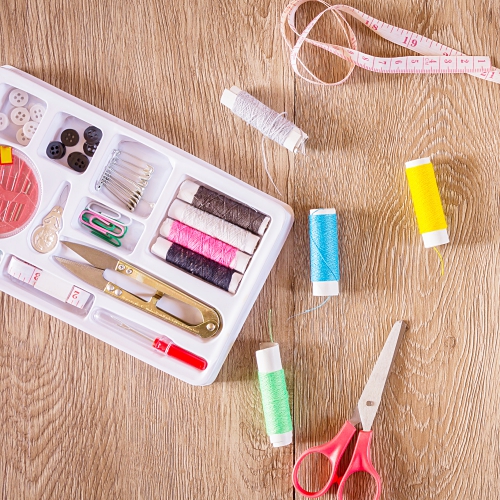
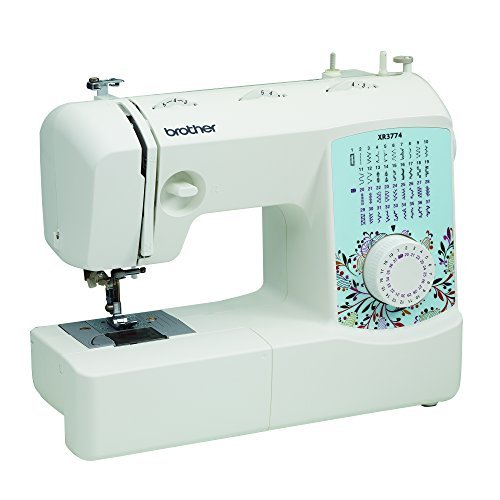
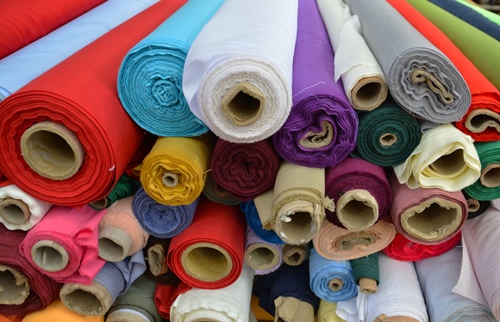
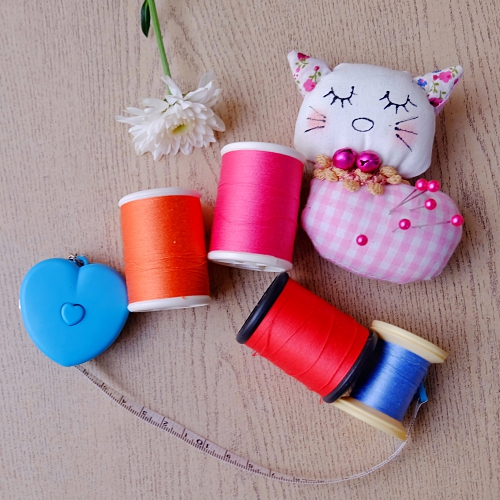
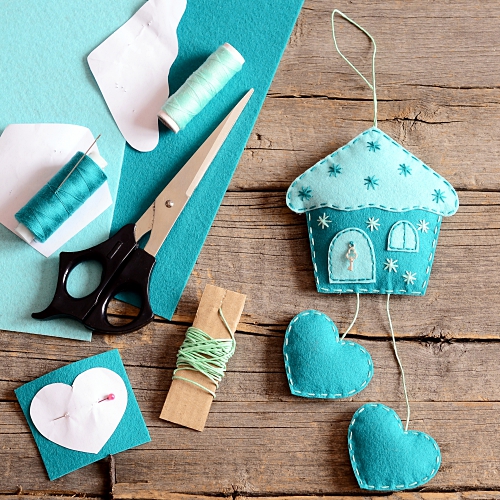
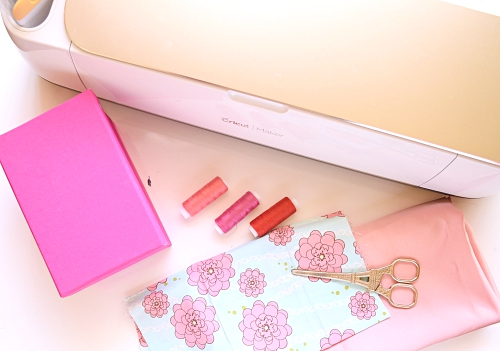
#’s 3 & 5 were always my mistakes. However, I’ve reformed my ways! I almost ruined a project from having to rip out threads because of too-tight tension. And I never prepped my fabric until a baby blanket shrank to almost burp cloth size!? Yes, I’ve reformed my ways! Thanks for the great tips!
3 and 7